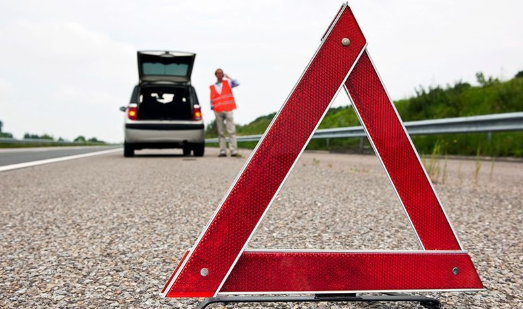Over 1200 km away but the same fate in a few for 3 brave rescuers, one of whom was an officer of the Traffic Police on duty, who had stopped to rescue vehicles stranded or already involved in an accident. They were all overwhelmed by other vehicles on the way, yet they almost knew what to do as police officers (or former agents). A massacre in a few hours that shows once again how important it is to know what to do in the event of an accident to allow those who stop to be able to help themselves without risking their lives but above all to minimize the danger to ourselves and to other cars that arrive.
Three people died in a few hours between Meda (Lombardy) and Scaletta Zanclea (Sicily), to them goes the recognition of having stopped on the highway to help other alleys in difficulty, for sense of duty (an agent of the Polstrada crew swept away with a truck driver) and altruism (the taxi driver, former police officer). But in addition to the condolences we address to the families of rescuers, we feel we need to do more, a vademecum rather than a lesson, so that in case of car breakdown or accident, have useful things at hand and know what to do to get in safety will avoid unintentionally exposing those who will have to help us in even greater dangers.
- INJURIES
In the event of an accident, it is categorical to ascertain the health of the passengers and raise the alarm for relief as soon as possible. Recover the high visibility jacket or reflective vest with reflective tape(better keep it in the pocket of the door and have at least two) together with the torch and signal the presence of the car (even with a mobile phone) to the other cars that arrive. If possible, entrust this task to another passenger who can wave his arms and a torch behind the guardrail. Only in due time, it will be thought to place the emergency triangle, traffic permitting. If you are alone and it is dark, it may be useful to signal the presence of the car by grounding a torch, possibly flashing, but always remember to make yourself visible to other cars while you return to help others.
- BEFORE SAVING
If there are no serious injuries know that the car is not always the safest place to wait for rescue, especially if it is stopped on one of the roadways. The priority must be to get to safety and shelter from cars, perhaps behind the guardrail with the utmost caution and checking that you are not on a viaduct.
- AWAY FROM OTHER CARS
Get out of the car always on the opposite side to the one where the vehicles in transit pass and if you need to help others try to stay always on the right side of the car making sure of what happens around moment by moment. It can be useful to quickly release people a belt-glass cutter, to save as soon as possible.
- IF THE CAR ARRIVES
If the car gives the first signs of malfunction it is better to get as close as possible to the emergency lane and if possible reach the SOS area without hoping to reach the next toll station. Learn more about the mistakes you should not make if the car stops on the highway.
- PRUDENCE AND ATTENTION
This advice perhaps would have saved the lives of the rescued rescuers and is that of paying the utmost attention to the road while you drive, because only by observing what happens in front can you recognize an emergency situation, signaled in the correct way, and help those who he has already stopped to give help a few moments before, whether they are simple motorists or professional rescuers.
